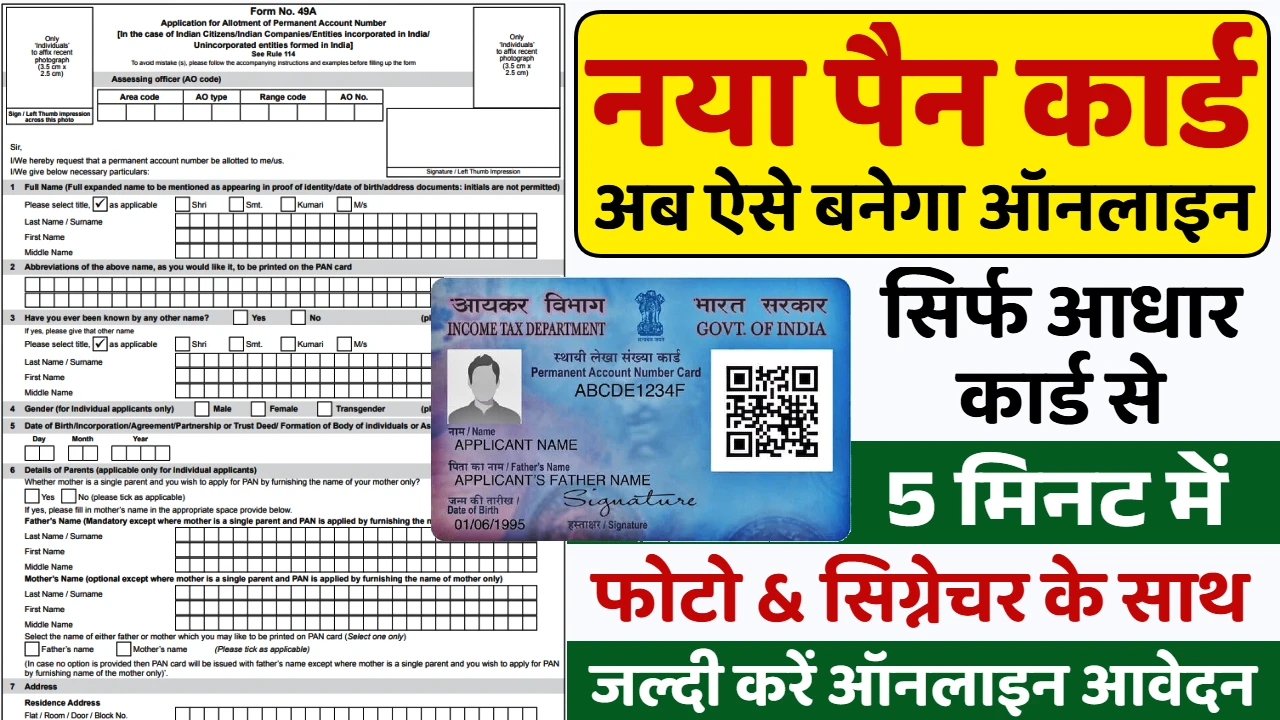Payasa – In the heart of South Indian culinary tradition lies Payasa, a creamy and comforting milk-based pudding that’s often served during festivals, celebrations, and as a delightful dessert. With its varying textures and sweet notes, Payasa embodies warmth and indulgence. While numerous variations exist, the joy of preparing a simple yet flavourful Payasa at home is truly special. This guide will walk you through the steps to create a classic Payasa that will soothe your soul and tantalize your taste buds.
Get ready to immerse yourself in the art of making this traditional sweet treat, a perfect ending to any meal or a comforting indulgence on its own.
Gathering the Wholesome Ingredients for Your Payasa
Creating a luscious Payasa requires a few key ingredients that come together to form a harmonious blend of flavours and textures. This recipe focuses on a classic vermicelli Payasa.
Essential Ingredients:
- Vermicelli (Semiya): 1/2 cup, the star ingredient providing a delightful texture.
- Milk: 4 cups, full-fat milk recommended for a richer taste.
- Sugar: 1/2 cup, adjust to your preferred level of sweetness.
- Ghee: 1-2 tablespoons, adds a rich aroma and flavour.
- Cashews: 1 tablespoon, chopped, for a crunchy bite.
- Raisins: 1 tablespoon, for a chewy sweetness.
- Cardamom Powder (Elaichi): 1/4 teaspoon, for a fragrant aroma.
- Saffron Strands (Kesar): A pinch, soaked in warm milk (optional), for colour and aroma.
- Water: 1/4 cup (optional, for roasting vermicelli).
The Simple Yet Satisfying Making Process of Payasa
Creating delicious Payasa involves roasting the vermicelli, simmering it in milk with sugar, and flavouring it with aromatic spices and nuts.
- Roast the Vermicelli: Heat ghee in a heavy-bottomed pan or pot. Add the vermicelli and roast it on medium-low heat until it turns light golden brown. Stir continuously to prevent burning. Roasting the vermicelli enhances its flavour and prevents it from becoming mushy. You can also dry-roast the vermicelli in a dry pan until golden, and then add it to the ghee later.
- Simmer in Milk: Once the vermicelli is roasted, pour in the milk gradually, stirring continuously to avoid lumps. Bring the milk to a gentle boil, then reduce the heat to low and let it simmer for 5-7 minutes, or until the vermicelli is cooked and softened. Stir occasionally to prevent it from sticking to the bottom of the pan.
- Add Sweetness and Flavour: Add sugar to the simmering milk and vermicelli. Stir well until the sugar dissolves completely. Continue to simmer for another 2-3 minutes, allowing the flavours to meld together. Stir in cardamom powder and the saffron soaked in warm milk (if using).
- Sauté the Nuts and Raisins: In a separate small pan, heat a teaspoon of ghee. Add the chopped cashews and sauté until they turn light golden brown. Then, add the raisins and sauté for a few seconds until they plump up. Pour this fragrant mixture of nuts and raisins into the Paayasa.
- Serve Warm or Chilled: Stir everything together gently. Your delicious homemade Paayasa is ready to be served. It can be enjoyed warm or chilled, depending on your preference.
Important Tips for a Perfect Homemade Payasa
Achieving the perfect consistency and flavour for your Payasa requires attention to a few key details. Follow these essential tips for the best results:
- Roasting is Key: Properly roasting the vermicelli is crucial for preventing it from becoming sticky and mushy. It also imparts a lovely nutty flavour to the Payasa.
- Milk Consistency: Using full-fat milk results in a richer and creamier Payasa. However, you can also use other types of milk based on your preference.
- Adjust Sweetness: The amount of sugar can be adjusted according to your taste. Start with the recommended amount and add more if needed.
- Stirring is Important: Stir the Payasa frequently while it simmers to prevent the vermicelli from sticking to the bottom of the pan and to ensure even cooking.
- Don’t Overcook: Be mindful not to overcook the vermicelli, as it can become too soft and lose its texture.
- Customize with Nuts and Flavours: Feel free to add other nuts like almonds or pistachios. You can also enhance the flavour with a touch of rose water or a pinch of nutmeg.
- Serving Suggestions: Payasa is often served as a dessert after a meal. It can also be enjoyed as a sweet snack.
Making Payasa at home is a simple yet rewarding process that brings the comforting flavours of South India to your table. With just a few basic ingredients and a straightforward making process, you can create this delightful sweet treat that is perfect for any occasion. So, gather your ingredients, follow these tips, and enjoy the sweet symphony of homemade Payasa!











